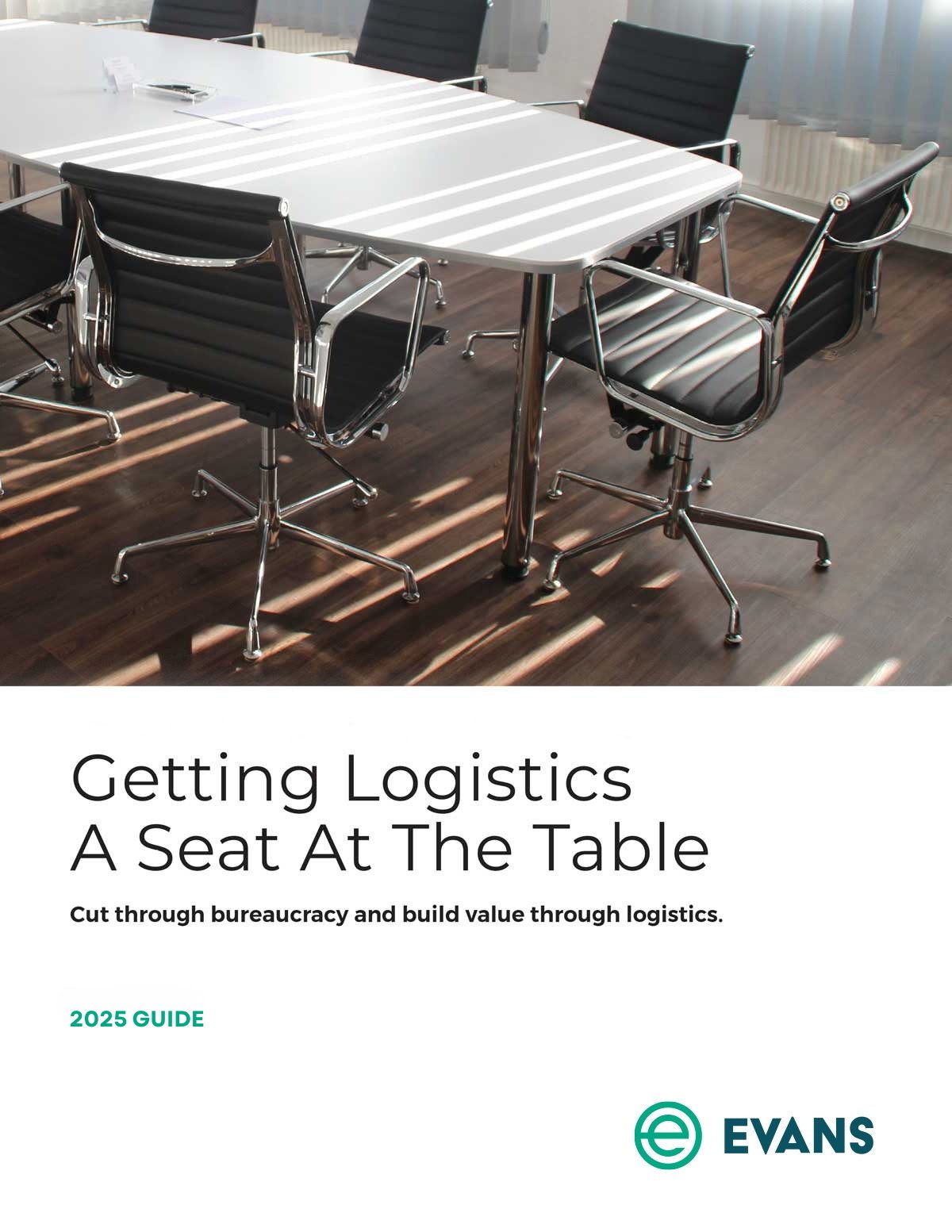How to cut costs, find capacity, and minimize issues while adhering to food safety regulations
The FDA continues to ramp up its regulation of food safety, which means shippers must continue to ramp up efforts to deliver food safely. The capacity crunch has made that logistically and financially challenging, to say the least. Meeting current food safety regulations is your responsibility, and doing so while cutting costs and finding capacity is not just a challenge — it’s THE challenge.
Consolidating LTL loads into fewer larger shipments is your best defense against increasingly stringent food safety regulations. The less your product is handled, the less chance for damage, spoilage, and unsanitary conditions. Additionally, such practices can reduce cost and claims, improve carrier relationships, and open up the possibility of further efficiencies through pool distribution and multi-vendor consolidation.
Food safety regulations are your responsibility
The FSMA Final Rule on the Sanitary Transportation of Human and Animal Food deems it, ultimately, the shipper’s responsibility to determine appropriate transportation to minimize all safety risks.
Responsibilities include the development and implementation of written procedures that ensure:
- sanitary equipment and vehicles
- no cross-contamination from previous cargo
- adequate temperature control during transport
- pest control
- oversight of loading/unloading procedures
- appropriate packaging and packing
If your carrier or loader agrees to be contractually responsible for any of the above, then portions of this responsibility may be re-assigned. It is still the shipper, however, who determines and controls the appropriate specifications for the transportation of its product.
Protect your freight (and your name) with front-end consolidation
Here’s the reality of it: the absolute best thing you can do to ensure food safety is to get your logistics as tight as possible. That means fewer — but larger — shipments that you can more easily control.
We aren’t underestimating how difficult that is in the food services industry, where freshness and safety must be a priority. But an inbound freight assessment can evaluate for front-end consolidation ability. Here’s how it works:
Determine static shipping days
If your ordering pattern can tolerate any change (it usually can), we always recommend moving to pre-determined shipping days for vendors. If you have any capability to over-order or store product, shifting your buying schedule to allow for a consistent — and less frequent — shipping schedule is key. This allows you to ship larger orders less often, minimizing both cost and the chance for freight claims and food safety problems.
Evaluate consolidation capacity for LTL loads
Once your vendor is consolidating based on the new purchase order schedule, consolidating outbound shipments into larger LTL (or even TL) shipments is a must. Optimizing LTL shipping is a large and complicated world, and a 3PL is likely your best route in today’s difficult shipping landscape.
But here’s the gist of it. Most LTL loads are subjected to a significant number of “touches.” Each touch increases the risk of damages, spoilage, and unsanitary conditions. If you can make your load large enough to take up significant space in an LTL trailer, it will likely be loaded at the head, and there’s a good chance the carrier won’t unload it at each and every terminal. Minimizing your touches minimizes your chances of not abiding by food safety regulations.
Consolidating your LTL shipments into larger LTL or TL shipments has numerous benefits. A larger, consistent load reduces claims, reduces cost, and can make you a shipper of choice. All positive.
If volume and circumstances allow, you can consider the additional possibility of pool distribution and multi-vendor consolidation opportunities.

